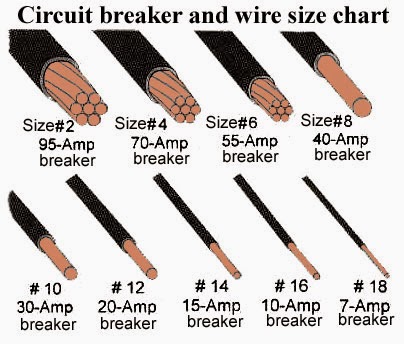
So, what are the continuous (and non-continuous) current carrying capacities (under "normal" household conditions) of #8 and #10 copper wiring? Our wire runs from the charger in the garage, up the wall, through to attic, and then outside and down to the panel, so it gets hot up there but nothing extreme.Īlso, the conduit that the EVSE wire runs in now also has another run much smaller capacity that just feeds a single 120V outlet in the garage for our deep freezer. I guess he didn't derate for continuous use.

Shouldn't have taken his word that #10 would suffice.Īnd to answer other questions, he didn't base the gauge of wire based on charger capacity (2012 vs 2013+), but rather on the output of the device (30A). I wish I would have pressed him on it when he was here originally. Yeah, #8 for 30A continuous draw with a 40A breaker makes sense. And yes the Leaf should charge for more than 2 hours continuously (assuming a healthy battery). You are temporarily safe, but the equipment has been wired in a way which limits it below its maximum rating.

load) WOULD SUFFICE with this note: How did this "electrician" know that your 2012 had only a 3300 watt charger? The proper method is to use the maximum rating of the equipment (30 amp) and feed it with #8's on a 2P 40A breaker. load), and in situation #2 (12 Leaf) a #10 awg conductor protected by a 2P 30 amp breaker ( max 24 amp cont. therefore in situation 1 (13 Leaf) you would run a #8 awg conductor protected by a 2P 40a breaker (max 32 amp cont. #10 awg wire will happily conduct 30 amps all day, however the 30 amp breaker protecting that wire will not like life if the draw is more than 80% of 30 amps= 24 amps on a continuous basis ( more than 1 hour in a 2 hour period). The specs according to the link say's "average amps 30" no idea what that means, however being a master electrician I can tell you this: The 13 Leaf charger is 6600 watts /240 volts = 27.5 amps, on a 2012 it may be 3300 watts/240volts =13.75 amps.
#Size wire for 30 amp breaker code
So, does anyone know if #10 copper is safe/up to code for a "continuous" load in this case? Or, should I ask him to come back out and re-install using #8 copper? I think the actual current requirement would be a bit less at 28A, but I want to be safe here and not risk a fire or anything. Especially with temperatures still in the 90's. In any case, now that we are looking to trade in our 2012 with a 3.6 kW charger and buy a 2015 with the 6.6kW charger (and probably in the next day or so), I'm a bit worried that the #10 copper isn't sufficient/safe for the EVSE installation.
#Size wire for 30 amp breaker install
I asked him about that (because as I recall the instructions said #8 copper or aluminum) and he said that #10 copper is fine to carry 30A (this is what dryers use too, apparently).įast forward to a couple of months ago and during our PV install I was talking to their electrician and he said that loads that run for >2 hours are considered "continuous" loads and thus you need to derate their conductor carrying capacity by some factor (I think 20%)? 203670265 ) a few years ago and had our electrician install it for our 2012.Īfter he installed it, I was cleaning up some debris left over and noticed some scraps form his install were #10 copper wire.

I bought a Gen 2 Schneider EVLink charger (Gen 2.5 here, for reference.


 0 kommentar(er)
0 kommentar(er)
